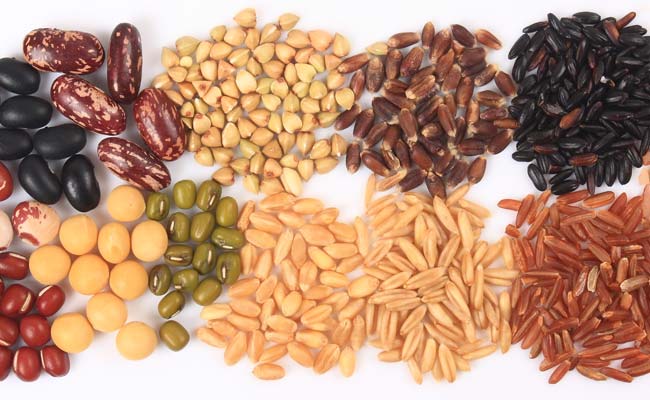
Increased food grain production to boost exports
The Dollar Business Bureau  The Indian Department of Agriculture and Production on Wednesday released the 2nd advanced estimates of the major crop production for the FY2014-15. The food grains production stood top among the other crop estimates for the year, followed by oil seeds, cotton and sugarcane. According to the statistics, the food grain production during FY2014-15 was estimated at 257.07 million tonnes, which is the fourth highest quantity of annual food grains production in the country. The increased food grains production will definitely come as a challenge for the Food Corporation of India in storage allocation and might also challenge the government’s decision to offload the excess stocks. However, the estimated food grain production for FY2014-15 is lower than 265.57 million tonnes of the previous year, by 8.5 million tonnes. Meanwhile, the production of wheat was estimated at 95.76 million tonnes, which is marginally lower than the record production of 95.85 million tonnes of wheat during 2013-14. The wheat estimates comes in light of the reports released earlier this week, which said that the Government of India would make a bumper harvest of wheat in 2015, in view of the supposed decline of exports due to a rise in production of the commodity from countries like Australia, Russia and Europe. However, the production estimates of the wheat commodity released on Wednesday remained lower than that of production during 2013-14. To meet the global export challenges, the Government of India has to rethink on increasing wheat production and reducing the commodity’s prices to overcome the challenges from the countries that are selling the commodity at lower prices than that of India’s. In January 2015, the Cabinet Committee on Economic Affairs (CCEA), chaired by the Prime Minister Narendra Modi had approved the revision of buffer norms for food grains in the Central Pool. The Committee had said that in case the stock of food grains in the Central Pool is more than the revised buffer norms, the Department of Food and Public Distribution will offload excess stock in the domestic market through open sale or through exports. For this purpose, the government has also constituted an Inter-Ministerial Group consisting of Secretary, Department of Food & Public Distribution, Secretary, Expenditure and Secretary, Consumer Affairs to ensure better management of food stocks in the country.
The Indian Department of Agriculture and Production on Wednesday released the 2nd advanced estimates of the major crop production for the FY2014-15. The food grains production stood top among the other crop estimates for the year, followed by oil seeds, cotton and sugarcane. According to the statistics, the food grain production during FY2014-15 was estimated at 257.07 million tonnes, which is the fourth highest quantity of annual food grains production in the country. The increased food grains production will definitely come as a challenge for the Food Corporation of India in storage allocation and might also challenge the government’s decision to offload the excess stocks. However, the estimated food grain production for FY2014-15 is lower than 265.57 million tonnes of the previous year, by 8.5 million tonnes. Meanwhile, the production of wheat was estimated at 95.76 million tonnes, which is marginally lower than the record production of 95.85 million tonnes of wheat during 2013-14. The wheat estimates comes in light of the reports released earlier this week, which said that the Government of India would make a bumper harvest of wheat in 2015, in view of the supposed decline of exports due to a rise in production of the commodity from countries like Australia, Russia and Europe. However, the production estimates of the wheat commodity released on Wednesday remained lower than that of production during 2013-14. To meet the global export challenges, the Government of India has to rethink on increasing wheat production and reducing the commodity’s prices to overcome the challenges from the countries that are selling the commodity at lower prices than that of India’s. In January 2015, the Cabinet Committee on Economic Affairs (CCEA), chaired by the Prime Minister Narendra Modi had approved the revision of buffer norms for food grains in the Central Pool. The Committee had said that in case the stock of food grains in the Central Pool is more than the revised buffer norms, the Department of Food and Public Distribution will offload excess stock in the domestic market through open sale or through exports. For this purpose, the government has also constituted an Inter-Ministerial Group consisting of Secretary, Department of Food & Public Distribution, Secretary, Expenditure and Secretary, Consumer Affairs to ensure better management of food stocks in the country.
This article was published on February 18, 2015.






 to success.
to success.